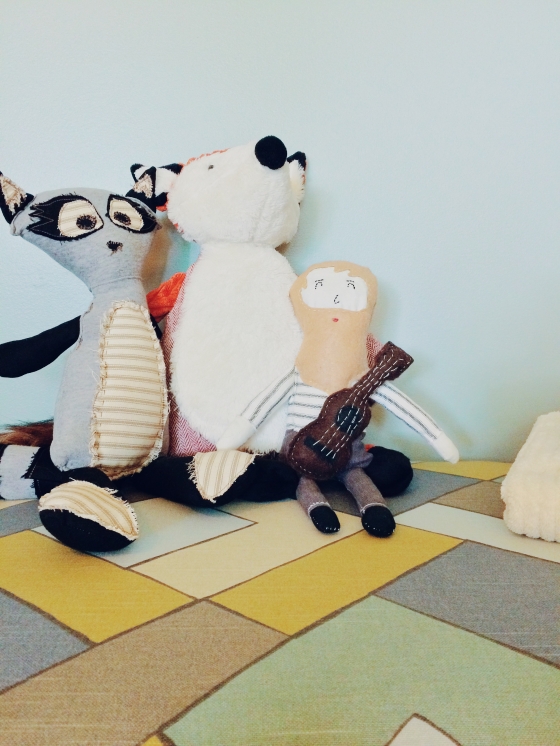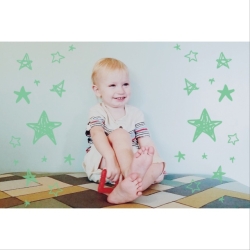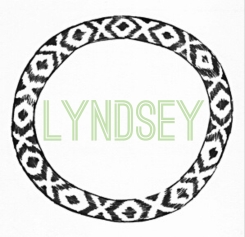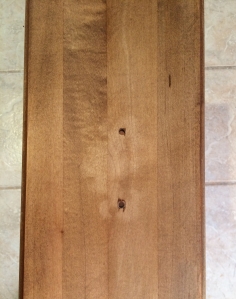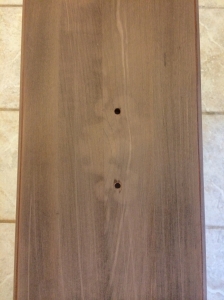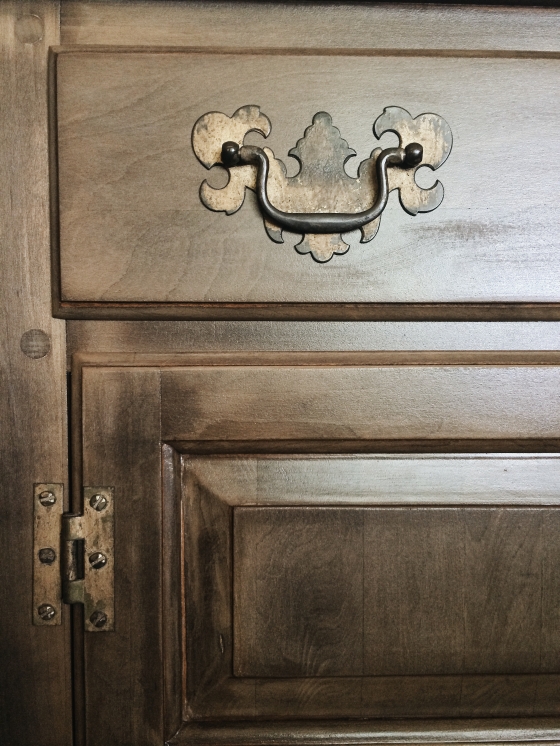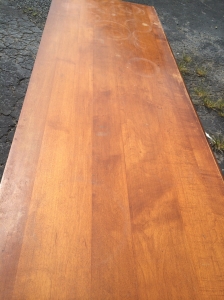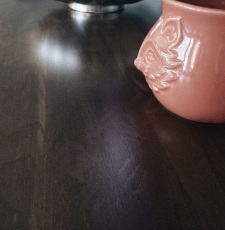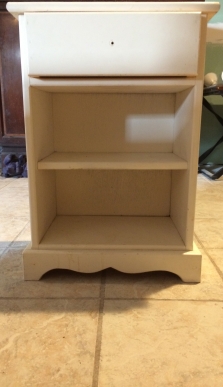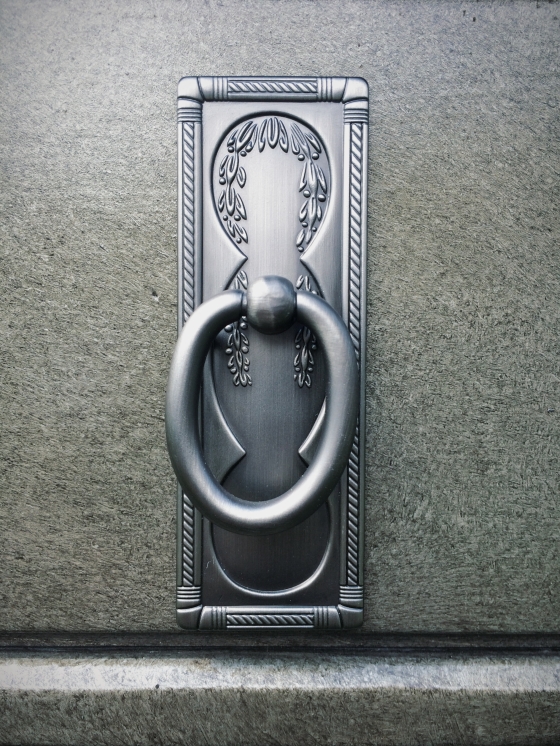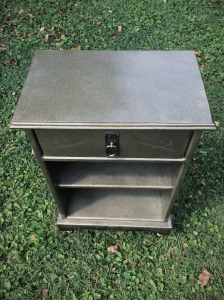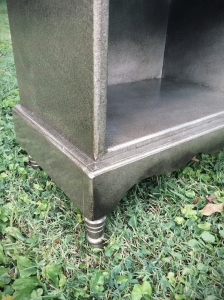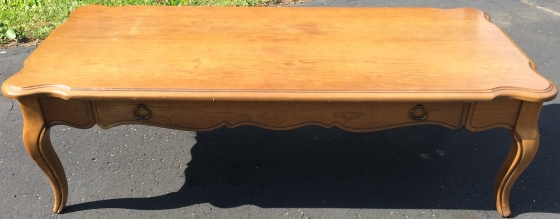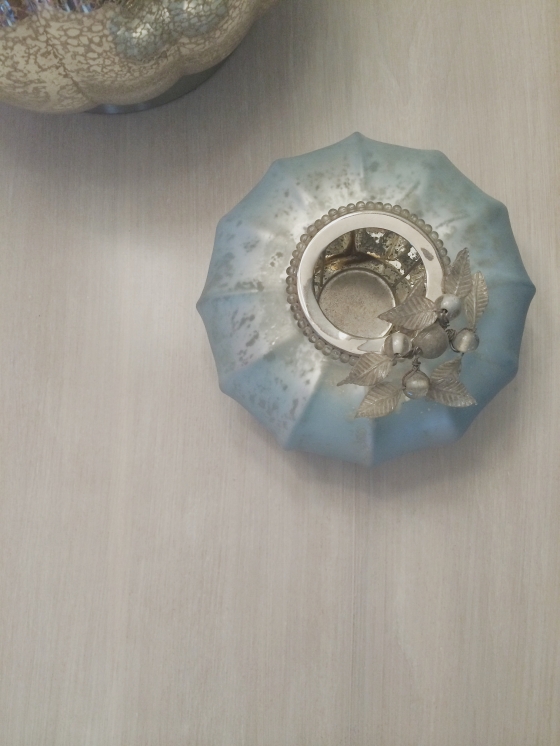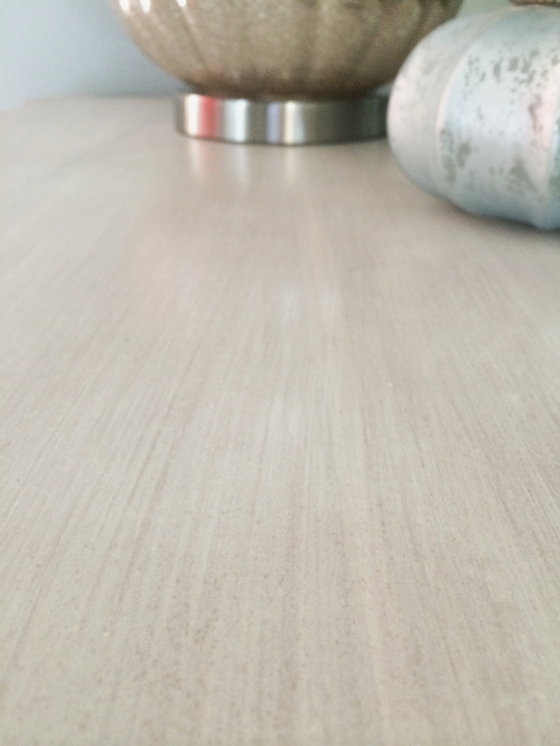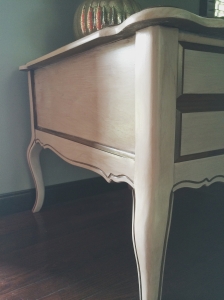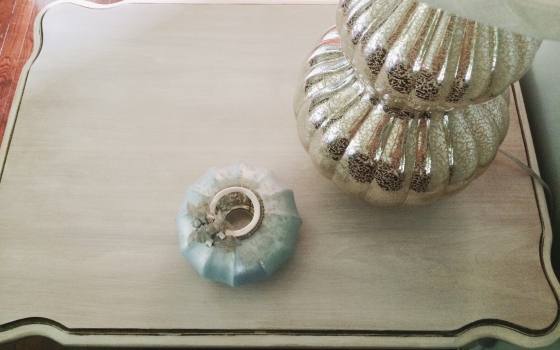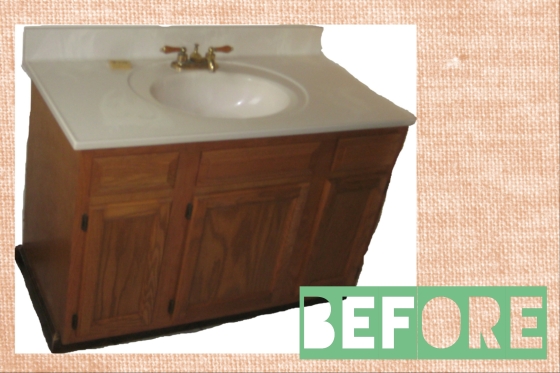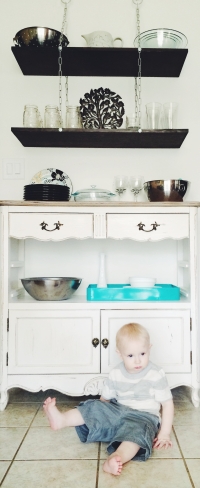
So, it’s been a while since I’ve had a good upholstery project and anyone who knows me knows I can’t stay out of Hancock fabrics. I can’t stop it! I. Have. A. Problem. (At least I can admit it. That’s the first step, right!?….………right!?) Well at least my addiction fuels my creativity and it will yours too, I promise! In fact you should pay them a visit and see all the beautiful fabrics in the upholstery section. They always have a great sale going on and if you didn’t know they also sometimes have an extra coupon on their website you can use along with the sale price. Who else does that?! No one. Seriously, no one, because they aren’t cool. Anyway, last time I was there I found this geometric print in neutral tones that was absolutely perfect for the toy bench I was making for my son. I had checked out some well known children furniture sites and their prices were ridiculous for what they are. Sheesh! It would be cheaper to do it myself and I could decide the overall dimensions of it as well.
Getting started: What wood to use? I decided on roofing plywood for its durability and price tag. Also because I was upholstering over it and no one can see it or feel it, it doesn’t matter what it looks like. I unfortunately did not take pics or video of the cutting and assembly of my toy bench. I know bad blogger, bad! However, instead of me trying to explain this process it might be better for you to see it. So, I found a video on youtube that is really close to how I did it. You can check it out here: http://www.youtube.com/watch?v=4uEoRb6zkTs
Upholstery: Once the box was assembled (leaving the lid off) I began upholstering it. I started by using Nu-foam which is densified batting. (This will make your bench look great and keep little ones from bonking their noggins’) At Hancock’s they have large rolls that can be cut to long lengths and go around the outside of your entire toy bench. This will leave only one seam you can hide in the back. I purchased enough to go around my toy bench and my lid. (Around 4 yards) Then using my nail gun (1/4″ crown staples) and air compressor I began stapling the foam to the bench. Begin with the end of the foam in the back center. (We’re going to wrap it around horizontally) Staple it to the back board so the staples are vertical leaving a few inches of excess foam hanging over the top and bottom of the bench. Wrap your foam horizontally around your bench and meet the other end you started with. Staple them together to create a seam. Now, you no longer have to hold it up. (Thank goodness my arms would fall off if I had to deal with that mess!) Taking the excess you left on top, fold it over the top lip of your box and staple it on the inside of your box a couple inches down. (Always work from the middle out and leave your corners for last and remember to pull your fabric/batting taunt while stapling.) Do the same for the excess on the bottom and wrap your lid using the same method.
Moving on to the fabric now, you will wrap your lid the same way you stapled the batting. Now, the box is a little different because I didn’t want to railroad my fabric. Railroading is when you turn your print so it follows a different direction. Since I wanted mine to run up the roll (vertically) like intended I would have to cut my fabric. I cut my fabric so there’d be one piece for each side. I left several inches of excess on each end of every piece. (You can always cut away fabric but you can’t add it back 😉 ) Pinning your fabric pieces end to end and sew them together. Wrap it the same way you did the batting.



Final touches: Using a black thick finishing fabric, I applied it to the inside of the lid and box to hide the plywood. I attached them with a hot glue gun (Watch those fingers! Wow it’s HOT!!!) and crown staples. (I would recommend using an old paint stirring stick to push the fabric down when gluing. It’s long enough to reach into the box and will save your fingers from a trip to the ER.) Glue down your fabric in the bottom along the perimeter of the box, then glue up the sides, and fold your fabric under then staple to box slightly over lapping your print fabric on the upper inside. Lastly, attach lid using hinges and support arms. That’s really all there is to it. Now stuff it cram full of toys and enjoy your clean nursery!










